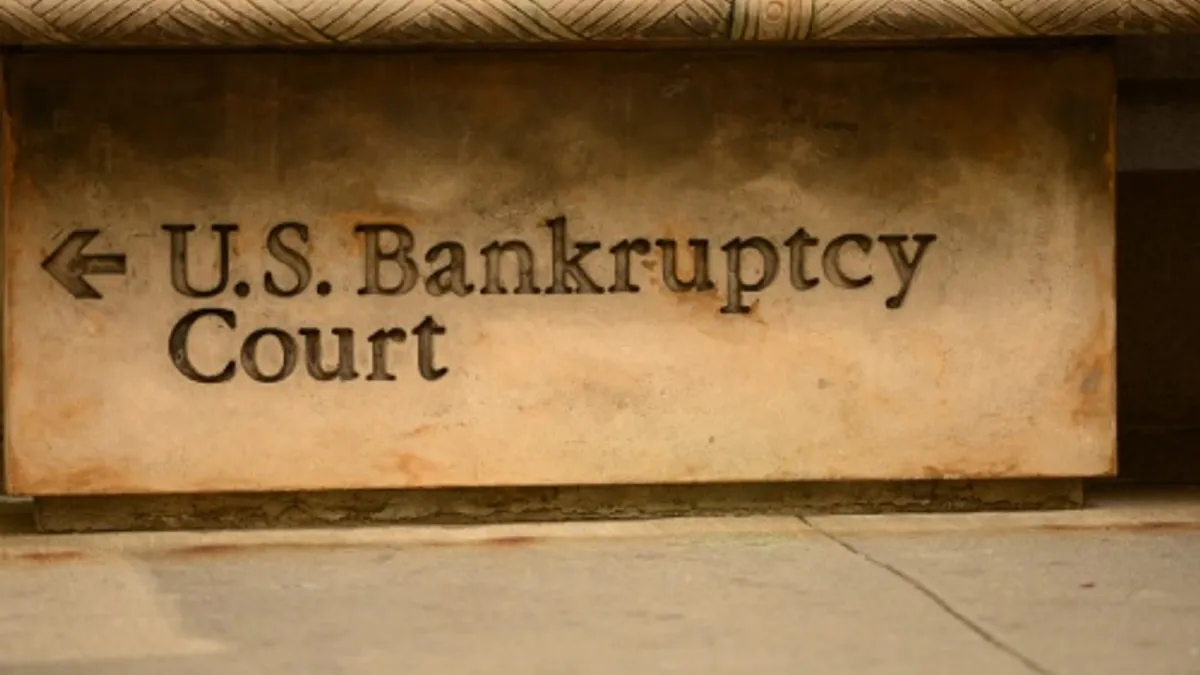Now with Coursera for three-and-a-half years, Chief Product Officer Tom Willerer previously made a name for himself at Netflix, where one of his chief innovations was coming up with ways for users to share recommendations. Among the variety of challenges he's tackling in improving Coursera users' experiences with the platform, he's now working to bring that level of personalization to an industry where it could matter even more.
"I felt like entertaining people was great, but educating them is better," he told Education Dive. "If I’m going to dedicate lots and lots of hours to something, I’d rather it be something that I can really feel genuinely good about how it’s impacting the world."
The most important area where Coursera can do that, he says, is in users' careers. Part of accomplishing that has involved identifying three types of Coursera users: starters, switchers and advancers.
"In particular, we want to be able to help the people that are just starting out and need to land their first job, the people that feel like they’re in a dead-end job to get into a job where they feel like there’s real meaning for them, and the people that feel like they’re in their job but they wanna get better at it," Willerer said.
He doesn't, however, see Coursera as a competitor for traditional institutions, noting that the goal of the platform with its university partners is to bring learners and amplify impact and access without those institutions having to develop their own systems and market them. We recently caught up with WIllerer to find out more about how Coursera is working to serve learners with a variety of goals, as well as its progress on personalization and how effectively high-demand soft skills can be acquired through its model.
EDUCATION DIVE: How does Coursera set out to meet various types of learners’ needs?
TOM WILLERER: We’ve mapped that out from a strategy perspective. On a content product side, it’s started with a course [and] expanded into what we call a "Specialization," which is a series of courses — three to nine — that’s really driven by learners wanting to go deeper. "Thanks for the machine learning course, but I actually want more." And the next step for us is degrees, because they want more than that. Lots of learners are going to want a course, slightly fewer are gonna want a Specialization, and even fewer than them are going to want a degree, but that allows us to have that full product suite of the content to offer the full range for any type of learner.
We sort of evolved our content product from courses to Specializations to degrees. That’s real natural progression. With someone that’s not ready for a degree, we can say, "OK, go take a Specialization." With someone that’s not sure they can do it, start with a course. They gain confidence and they can work their way into the degrees. It kind of works at both angles in a way that’s really, really nice for the learning experience. Also, from a business perspective, it means we can offer very cost-effective acquisition of students or learners into these degree programs, whereas a traditional provider of these might spend thousands of dollars on acquisition costs, which is going to drive up the cost and drive up the revenue share. Because we have this ecosystem of learners and we’re a consumer product, our effective cost of acquisition is zero, which allows us to spend more of our effort and time into investing in making an amazing learning experience and delivering on the promise of getting people into careers.
How is increasing employer interest in alternative credentialing and micro-credentialing affected the way that Coursera is approaching product innovation?
I’d say a couple of different things, primarily on the content side. What we see is a lot of demand, both from our learners and from our enterprise customers, of wanting particular content to solve a skills gap that they have — that either they perceive themselves to have or, internally, they’ll say, "Hey, we wanna train all of our engineers to understand deep learning and machine learning and AI." That’s a real content-related training need that they have, and we’ll go to our partners and work with them to develop the content in a way that’s going to resonate with them — shorter nuggets of content, not six hours at a time. And what drives the product development is really what drives making that content work the best on our platform.
That’s one. The other is both what we’ve seen from our learners and from our corporate clients and customers and partners. They want not just sort of a lecture. They want to be able to see and apply the work that they’re working on. This is about going after projects with authentic assessments and then driving that through the system. Those are two things I’d call out that have been pretty important.
Where is Coursera headed now in regard to its MOOCs?
WILLERER: There’s a few things that we’ve done here that I think are really interesting. One is subscriptions. The interesting thing there is, by introducing subscriptions, we created a better experience for our learners. The reason we did that is because the old payment model had people either paying for each course at a time, or in bulk for the whole thing. WIth subscriptions, we said, “Pay $49 a month and you can take all of the content as fast as you want.” That changed it for the learner, psychologically, for them to say, “Oh, I’m in charge here. I can go as fast as I want.” What that did was it doubled the completion rate of those Specializations, which is fantastic. We’re really happy about that.
But really what we’re hoping to enable is personalization at scale. We want to be able to have a learner come in and say, “Here’s my goal. I want to become a front-end developer, I want to understand business analytics, and I want to understand business foundations because this is the sort of outcome or career that I’m working toward.” And then for us to be able to take that 2,000 courses that we have and personalize a plan for them, and then be able to say, “Here’s your personalized plan. You can subscribe now, $49 a month, and you can go as fast as you want to work your way through it. I think that’s really exciting from a vision perspective, and we’re substantially along that path.
If I go deeper under the covers, one of the things that we’re trying to build out is this sort of knowledge graph or skills graph. In the skills graph, what we’re trying to do is take a course, figure out the skills taught in that course, and then map those skills to the careers where they’re relevant and build that knowledge graph. So for instance in search, you could go in and type in “R” and get all the classes that teach R programming as a skill. Or, in our onboarding, when you come in and say, “Well, what do you want to learn? Great. Here are the classes that teach those skills.” And, as you learn those skills, you can reflect that back and see the economic value that you’re adding to yourself.
Is there a way yet to also measure acquisition of high-demand soft skills through a platform like Coursera?
WILLERER: That’s a really good question. I think so. I don’t have the secret sauce right now. I think soft skills are most definitely important. Some of our very popular courses are leadership. Our vision is that someone comes in and says, “I want to be a front-end developer.” That’s one goal, but actually they have multiple goals, and another goal might be, “I want to improve as a public speaker.” We have a whole Specialization on public speaking. That can be a separate goal for you, and one sort of easy measurement is how did you do on that one specific goal that’s a course, that has assessments and their own set of rubrics. You will be speaking and peers will be evaluating you. You will get better at that. If you think about the soft skills as being taught in these units of a course or a specialization, they’re gonna have assessments associated with that, that can map to how someone’s improving.
Every learner is multidimensional. They don’t just have one goal. You need to learn the hard skills, but also you need to learn the soft skills. We can set up plans for them, and as they make progress, they should be picking up skills to help them.
With skill-matching, would it potentially work the same way Netflix does, where when I watch Daredevil, it might say, “Hey, maybe you should watch Luke Cage and Jessica Jones, too?”
WILLERER: There’s definitely some of that. My view is personalization is very important in Netflix, and it’s even more important to Coursera because there’s much more at stake. If you don’t watch Luke Cage, your life’s gonna go on. But if we put someone in the wrong program, this can be the difference between them actually getting that next opportunity or not. Because of that — and learners get that, and consumers understand that — they’re much more willing to give us a ton of information.
They almost look at us as their guidance counselor. What we’re trying to build is like an automated personalized guidance counselor that gets everyone in the right thing. Whereas with Netflix, you wouldn’t think, “Netflix really gets me.” You’re like, “I understand my tastes, just get out of my way.” But with education, because there’s much more at stake, people see it that way and they’re willing to give us a lot more information and entrust us with that because they really want that outcome.




















